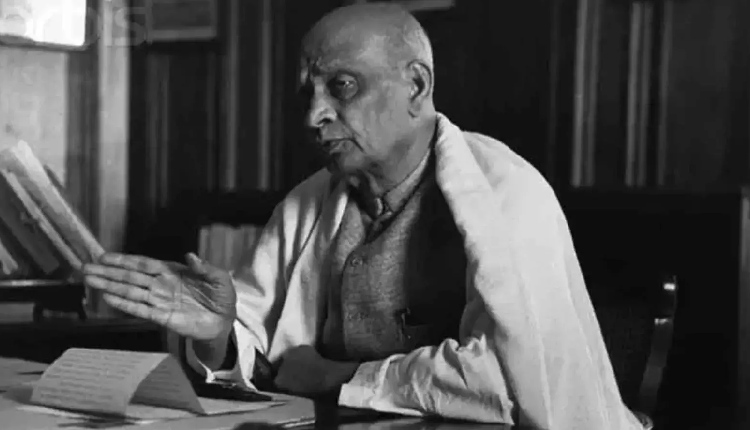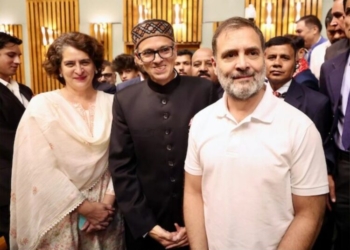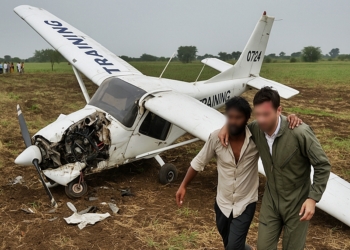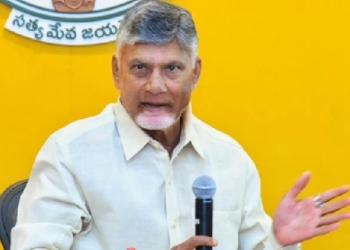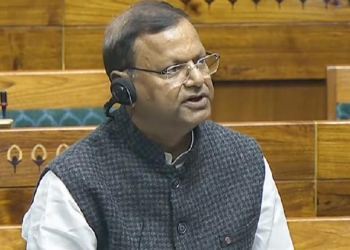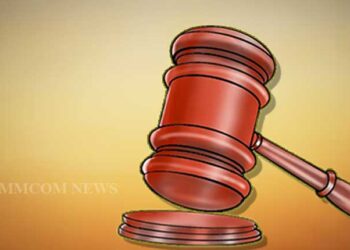New Delhi: Srinagar was initially saved in the last week of October 1947 by the valiant efforts of a handful of J&K state forces and Indian Army soldiers but was still threatened by the Pashtun tribal invaders camped in force nearby. The still scanty Indian troops, equipped with light arms, were limited to defensive action till Sardar Vallabhbhai Patel took a hand.
The contribution of the ‘Iron Man of India’, to unifying India by getting almost all the princely states falling its territory to accede and laying the foundation for their integration is well-known. But, his part in shoring up the defence of Jammu and Kashmir, especially in the uncertain early days of the conflict, bears retelling on his 149th birth anniversary (October 31).
Be it the strategic direction of the military action, strength buildup, or logistics, Sardar Patel’s quick grasp of the key issues and decision-making, and most importantly, ensuring the fulfilment of his assurances helped protect the Kashmir valley.
On October 22, the tribal lashkars, facilitated by the Pakistan government and army, had entered Jammu and Kashmir’s territory and were confident of reaching Srinagar in a matter of days, given the better axis of approach from their side and the weakness of the state forces. However, J&K forces’ Chief of Staff Brigadier Rajinder Singh, with his handful of men, disrupted their timetable by blowing up the bridge at Uri and fighting a series of rearguard actions down the Jhelum Valley Road for three days from October 23. He made the supreme sacrifice on the night of October 26 – the same day that Maharaja Hari Singh signed the Instrument of Accession and India agreed to help.
The next morning (October 27), Indian troops, in the shape of 1 Sikh (battalion) commanded by Lt Col Ranjit Rai, landed at Budgam, and not only secured the airstrip, but moved towards Baramulla, where they engaged the enemy. Though they lost their CO in the operation and fell back, they rallied and mounted defence at Pattan, beating back a series of attacks and preventing any further advance of the invaders towards Srinagar.
There was a further build-up of Indian forces in the coming days but by November 1, they only comprised 1 Sikh, some elements of 1 Kumaon, 4 Kumaon, and 1 Punjab, a Mahar Regiment machine gun company and some light artillery, as well as the 161 Brigade headquarters. However, Brigadier J. C. Katoch, who was to command the forces, was injured while visiting the frontline, evacuated, and replaced by Brigadier Lionel Protip ‘Bogey’ Sen.
And it was Brigadier Sen, who reached Srinagar on November 2, to whom we owe a vivid picture of Sardar Patel in action.
On November 4, Brigadier Sen learned that the Sardar and Defence Minister Baldev Singh had landed in the Valley and were on their way to his headquarters. As they reached, he briefed them on the situation and warned that Srinagar was “very definitely threatened.”
“Sardar Baldev Singh was wide awake and has taken in all I said. Sardar Patel had, however, closed his eyes soon after I had begun the briefing and I assumed that he was feeling the effects of the air journey and had fallen asleep. The briefing completed, I therefore looked at Sardar Baldev Singh and asked him a direct question: ‘Am I expected to eject the tribesmen from the Valley regardless of the fate that may befall Srinagar, or is the town to be saved?'” he recounted in his memoir ‘Slender was the Thread’.
“Sardar Patel stirred. The Tiger had not been asleep, and had heard every word of the briefing. A strong and determined man, and one of few words. ‘Of course, Srinagar must be saved,’ he snapped.”
Then, Brig Sen said that he needed more troops quickly, and “if possible”, artillery. Sardar Patel, he recounts, rose and said that he was returning to Delhi immediately and “you will get what you want as quickly as I can get them to you.”
Seeing them off, the commander asked the Sardar if he could drive him back to the airfield. “‘No, Brigadier,’ he replied, ‘don’t bother to come to the airport to see me off. You have got more important things to do than wasting your time doing that.’ He climbed into his own vehicle, and with a wave of his hand, was off.”
The same evening, Brigadier Sen was intimated that two more infantry battalions, an armoured car squadron, and a field artillery battery were being despatched to the Kashmir valley by road, and the engineers were making the road from Pathankot to Jammu capable of sending large bodies of troops by surface transport.
“Sardar Patel lived up to his reputation as a man of action,” Brigadier Sen wrote.
(IANS)




